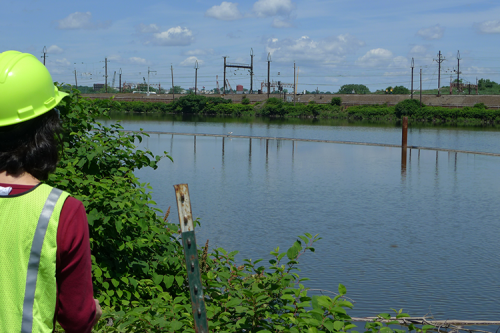Final Natural Resource Damage Assessment Plan for Diamond Alkali Site in New Jersey Released
FEB.10, 2020 — NOAA and the U.S. Fish and Wildlife Service have released a final Natural Resource Damage Assessment Plan for the Diamond Alkali Superfund Site. The site, centered in Newark, New Jersey, includes the Lower Passaic River, Newark Bay, and other areas. The Diamond Alkali Superfund site has a long history of pollution.
Toxic substances including dioxin from Agent Orange production, metals, polychlorinated biphenyls (PCBs), and other contaminants were released into the environment through industrial practices beginning in the 1940s. Contaminants are found in such high concentrations that the State of New Jersey bans eating fish or shellfish caught in the Lower Passaic River.
Understanding the impacts of hazardous waste pollution is the first step towards restoring natural resources and associated services. The agencies will begin working on plans to study specific injuries to natural resources, such as fish and waterfowl, and related losses in recreation.
A press release from the U.S. Fish and Wildlife Service is available online.
Please contact Eli.Reinharz@noaa.gov with any questions.
Learn more about the Diamond Alkali Site on the Damage Assessment, Remediation, and Restoration Program website.
 An official website of the United States government.
An official website of the United States government. 
